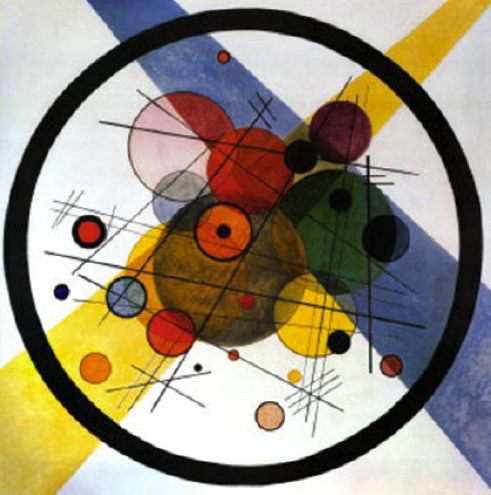
The Large Hadron Electron Collider
Prof P Allport, Prof P Newman
 |
The Large Hadron Electron Collider Prof P Allport, Prof P Newman |
The Large Hadron electron Collider (LHeC) is a proposed colliding beam facility at CERN, which will exploit the new world of energy and intensity provided by the LHC for lepton-nucleon scattering. An existing LHC proton or heavy ion beam will collide with a new electron beam, simultaneously with proton-proton or heavy ion collisions at the existing LHC experiments. The concept extends to the CERN Future Circular Collider (FCC-eh)
In the default design , the electron beam is accelerated by multiple passes through a pair of linear accelerators in a racetrack configuration, producing a nominal energy of 60 GeV at the interaction point and subsequently recovering almost all of the energy by deceleration through the same structure. This results in an unprecedented kinematic range for lepton-nucleon scattering: the centre of mass energy of 1.3 TeV is 4 times larger than the previous highest in ep at HERA. The luminosity of 1034 cm-2s-1 is three orders of magnitude larger than previous similar proposals.

The LHeC is a potentially rich source of Higgs bosons produced by vector boson fusion, observable in multiple decay modes including that to beauty quarks. It allows the parton densities of the proton to be measured with unrivalled precision and full flavour decomposition, including sensitivity to the currently unconstrained large fractional momenta (Bjorken x) which are required to search for new physics at large mass scales at the LHC. The newly accessed low x region (x to below 10-6) is an ideal laboratory to search for novel strong interaction dynamics at high parton densities and weak couplings. Scattering electrons from LHC ion beams offers an extension by four orders of magnitude for the exploration of nuclear parton densities. Other physics highlights include the study of top quark properties and unique sensitivity to the direct single production of massive new electron-quark resonances.
The Birmingham group were founder-members of the LHeC project and have held leadership roles in the development of the low $x$ physics programme and the detector concept. A particular specialism has been investigating the sensitivity to 'diffractive' processes in which the proton remains intact.
For further information, see: